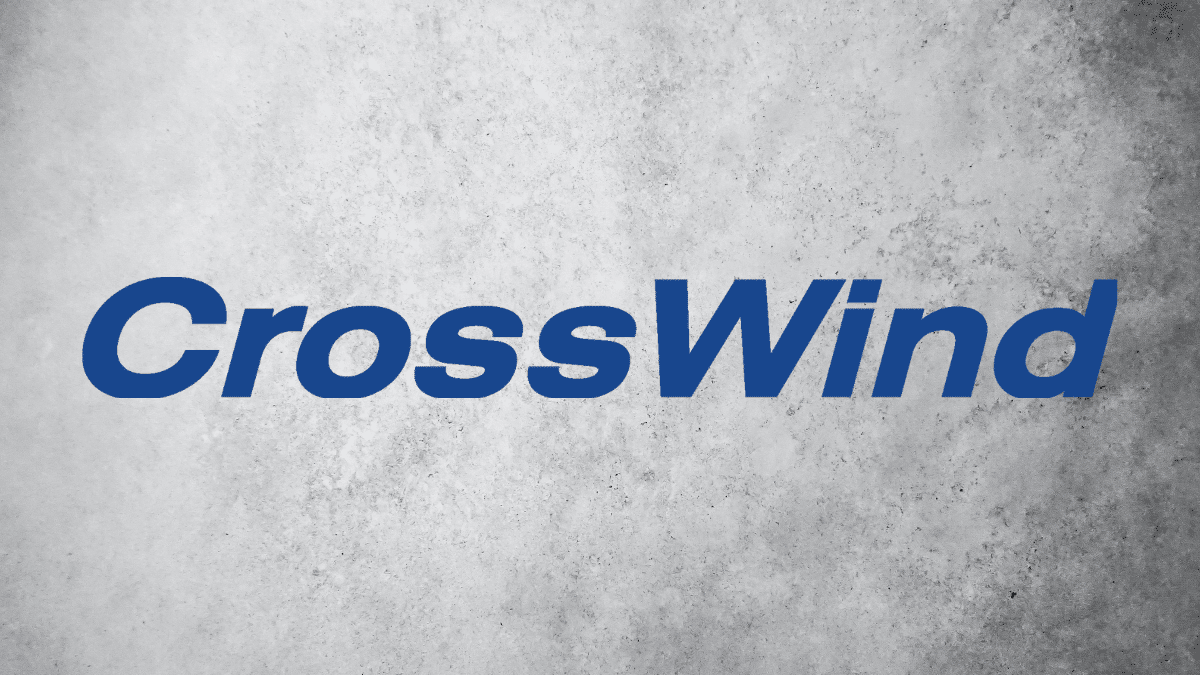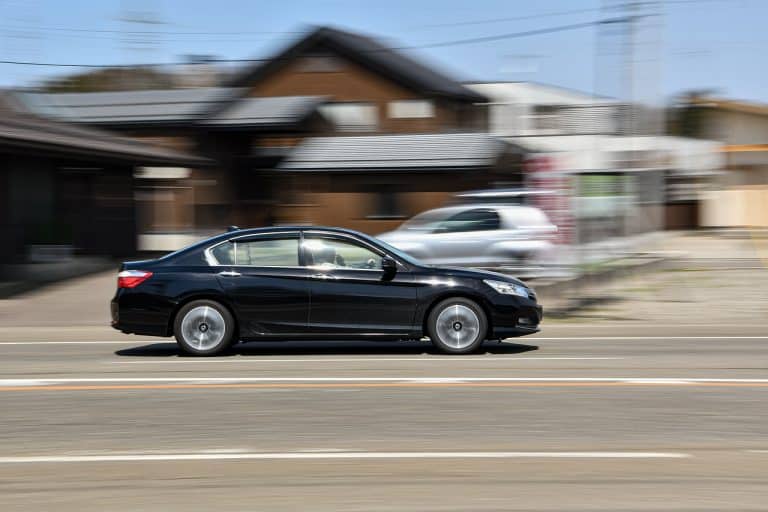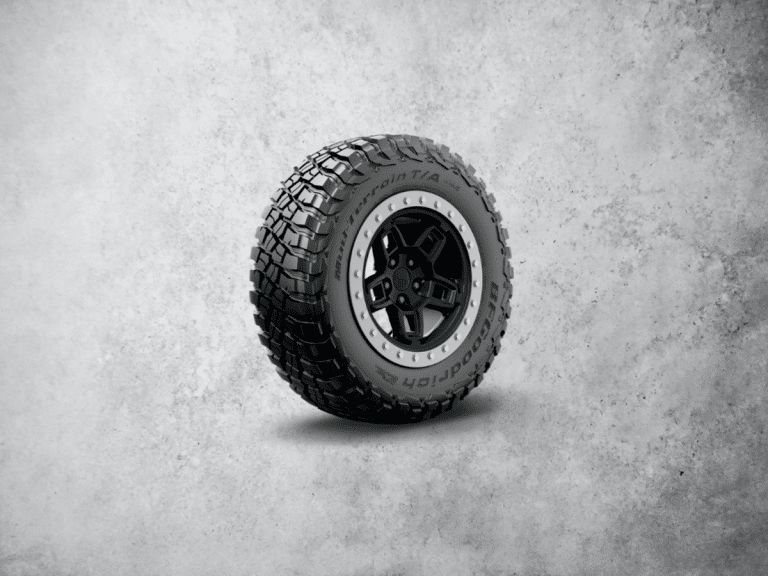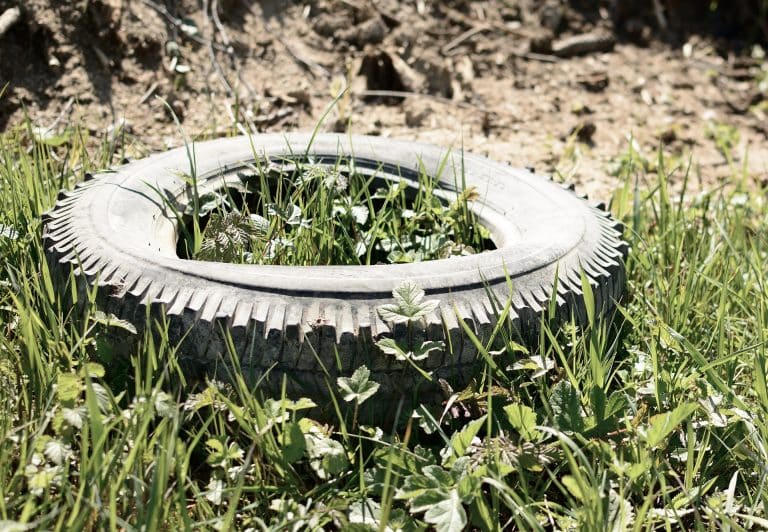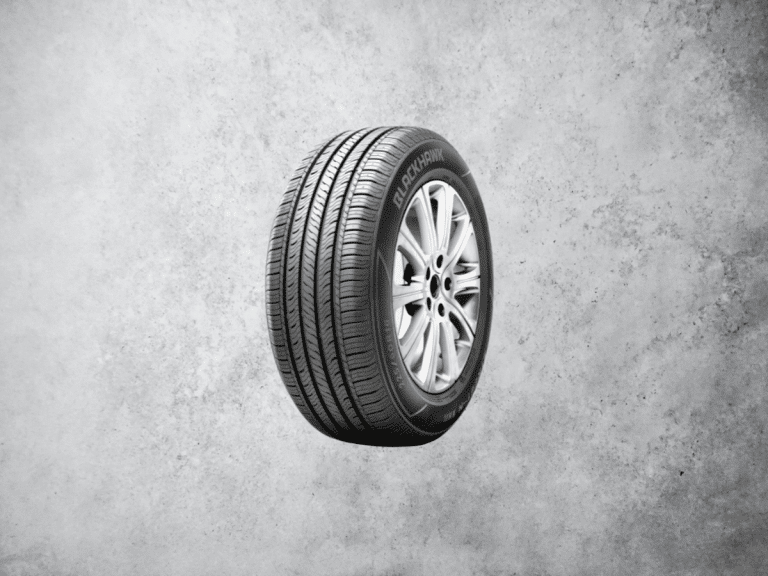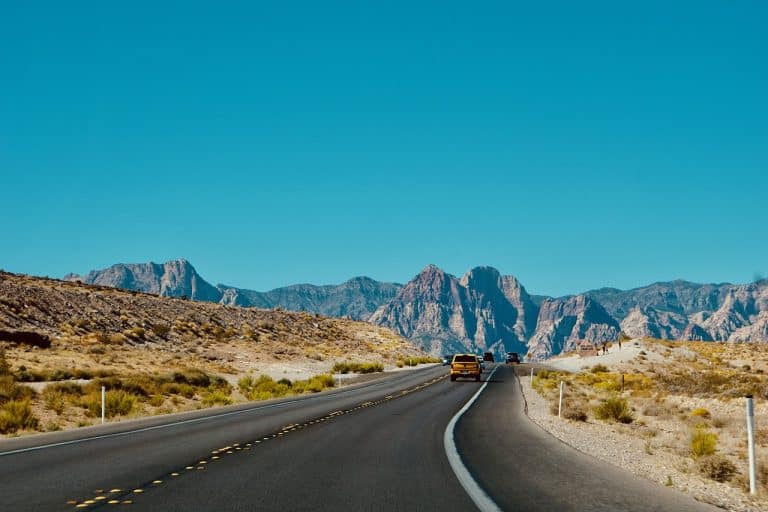CrossWind Tires Review: The One to Avoid
At one point in history, while the tire industry was still in its infancy, the number of manufacturers was limited. As things progressed, we began to see more and more manufacturers.
Most brands we know and love have been on the market for decades, but that’s not stopping the younger companies from trying to get a piece of the action. Among the many manufacturers we have today is CrossWind.
The company was founded in 2013 under the umbrella of Shandong LingLong Tire Company. It doesn’t have a rich history like most rivals, but it aims to make that up in other areas.
In China, this company is in the top 3, and with 60 national standards and over 300 patents, it doesn’t look too bad. There are multiple research centers, most of which are in its homeland. With that said, there is one in Germany and the US.
Considering that CrossWind’s tires pass the US safety requirements, it seems like it may be worth giving this brand a chance.
The company has been around for a decade but seems to be doing well, at least regarding available models. Another thing to note is that they are advertised as premium.
So, are CrossWind tires any good, and are they better than the other Chinese tires?
CrossWind Tires Review
Here are the CrossWind tires currently on the market:
#1. HP010 and HP010 Plus
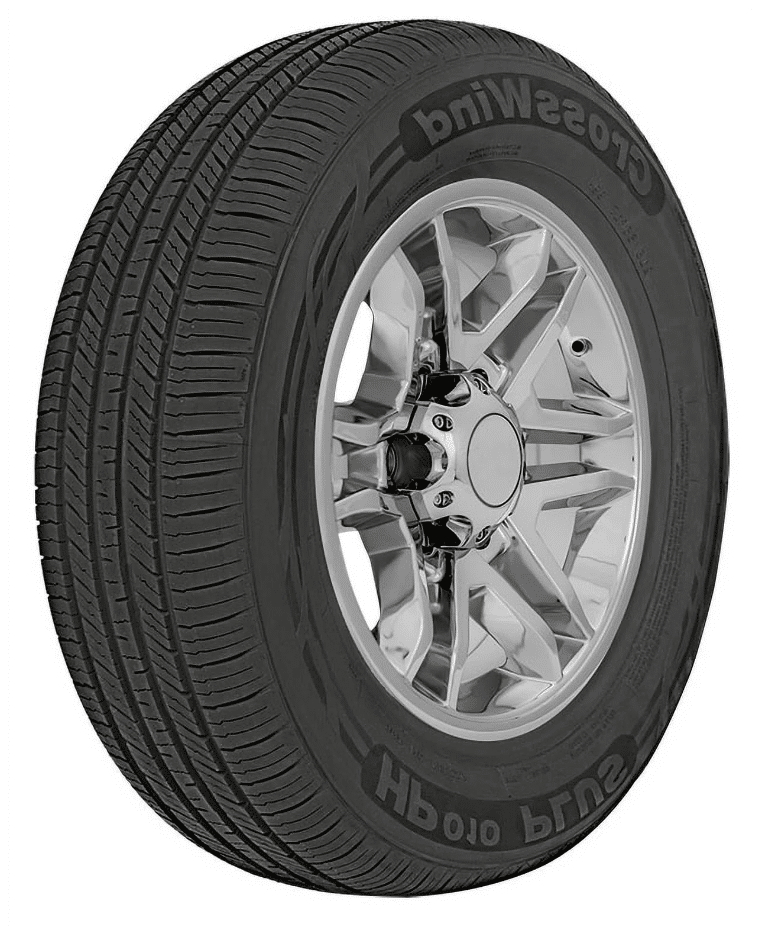
Don't know the correct size tire to purchase? Start here!
Touring tires are the most common option for most people, so I’m starting with the HP010 and the HP010 Plus. We are looking at the same tire, with the Plus being a slight upgrade over the original HP010.
Unlike most manufacturers that outline specific features about their tires, with CrossWind, we don’t get that kind of detailed information. The tires have the standard features that most of their rivals offer.
We’re looking at an all-season rubber compound with a pretty generic tread pattern. CrossWind claims that the blocks are reinforced for improved handling, and the central rib should keep the tire stable at higher speeds. The blocks feature multiple sipes for wet performance, and the grooves should help with aquaplaning resistance.
In reality, the HP0101 and HP010 Plus performance isn’t the best. They are on the cheaper end of the spectrum, but their performance is far behind. You may consider them acceptable in dry, as long as you drive normally. The limits aren’t too high, so you won’t have a lot of breathing room. Wet is even worse, as the tires sometimes feel twitchy even without breaking the speed limit. The stability isn’t the best, and the aquaplaning resistance is average. Snow performance is also well below its rivals. I can say that they are acceptable in a pinch.
With poor handling characteristics, longer braking distances, and a treadwear warranty below the average, even in the mid-range segment, these two don’t have much to show for.
Pros
- Acceptable dry performance
- Cheap
- Wide range of size options
Cons
- The handling is far behind the rivals
- Wet and snow performance are poor
#2. Ecotouring
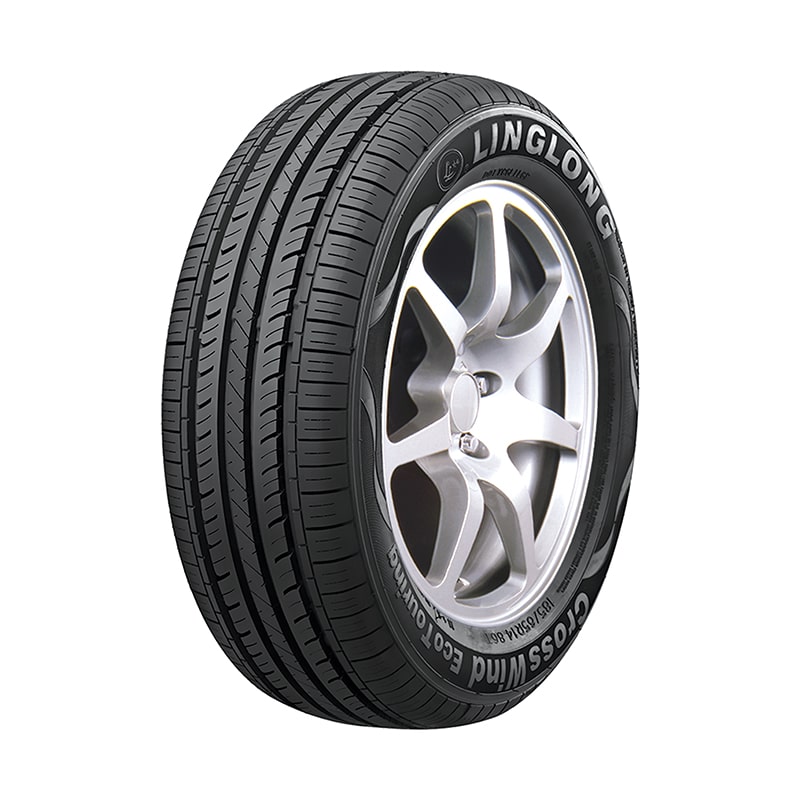
Don't know the correct size tire to purchase? Start here!
On paper, the Ecotouring model has a few similarities with the previous models. With that said, unlike those, this is a touring tire designed for low rolling resistance, meaning improved fuel economy.
There isn’t much to discuss regarding features, as CrossWind doesn’t mention a lot. The company claims it’s designed for reduced rolling resistance and has an all-season rubber compound. It features a tread pattern similar to the previous one that should offer decent performance throughout the year.
On the road, the performance isn’t as good as it looks on paper. Around town, the tire does a decent enough job, and most people would consider it usable. Even in wet, it does a solid enough job, and people with less powerful cars will be fine. With that said, powerful cars or aggressive driving isn’t something that this tire will handle. On the highway, things are getting worse, similar to the previous tire. The stability is compromised, and going into a corner at a higher speed is something you should avoid. Snow performance is compromised, and you’ll barely get usable traction.
Despite the relatively low grip and traction levels, the Ecotouring can be a handful. It doesn’t offer much feedback and can catch you by surprise. One thing it does well is the warranty. The tire comes with a 55,000-mile treadwear warranty, putting it closer to the rest of the pack.
Pros
- Usable around town
- Decent comfort levels
- 55,000-mile treadwear warranty
Cons
- The highway stability is poor
- Wet performance isn’t very good
#3. All-Season UHP
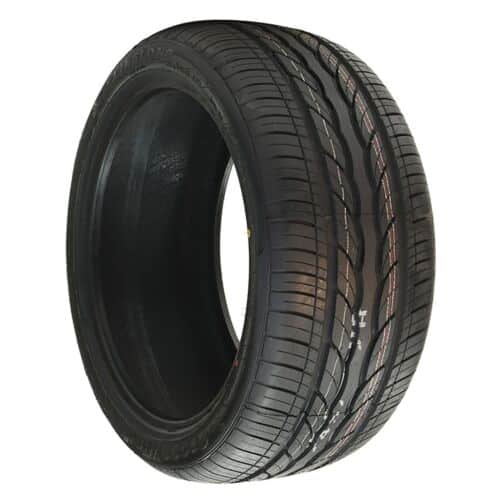
Don't know the correct size tire to purchase? Start here!
Moving away from the touring tires, we come to the performance-oriented one. Imagine this, CrossWind has a UHP tire called the All-Season UHP.
The tire features an all-season compound molded into a symmetrical pattern. As part of the design, the tire features lug-type shoulders that should help with handling. The M+S rating means that the tire should offer usable performance in winter. Like many performance models, there is a flange protector designed to prevent damage to the wheels from curbs.
Unlike the previous two tires, with the All-Season UHP, we see some significant improvement. The grip and traction levels are noticeably better and a bit closer to the mid-range models. It struggles a bit more on damp surfaces, but it’s not as bad. The aquaplaning resistance is decent enough, and the stability isn’t compromised. Winter performance isn’t as impressive, though. You can say that the traction levels are usable, but I wouldn’t rely on them too much.
The handling is decent enough. With the All-Season UHP, you’re getting solid responsiveness, and even though the feedback is a bit muted, it’s not terrible. The tire also comes with a 40,000-mile treadwear warranty, which is decent.
Pros
- Decent dry and wet performance
- The handling is acceptably dynamic
- 40,000-mile treadwear warranty
Cons
- Not the best snow performance
- The overall performance is still behind its rivals
#4. 4×4 HP
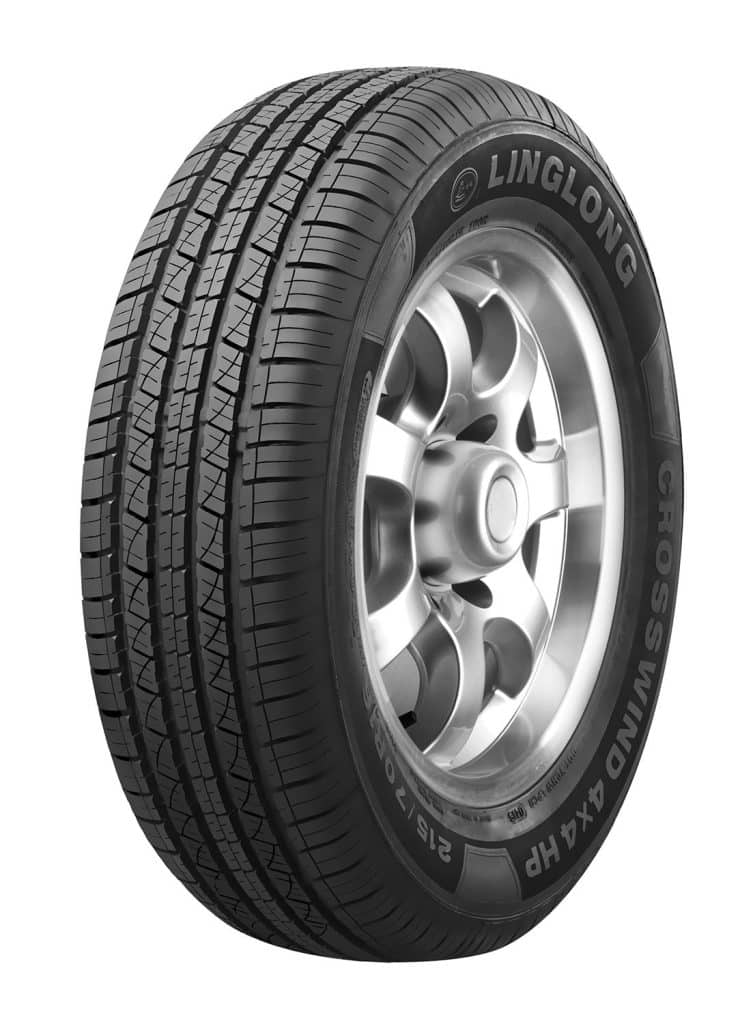
Don't know the correct size tire to purchase? Start here!
The second performance option in CrossWind’s lineup is a tire designed for SUVs. Despite the performance-oriented features, the company also claims that this tire will have some touring-like properties as well.
As you’d expect, there isn’t any specific information, so it’s just the basic stuff. The 4×4 HP should deliver excellent handling characteristics, which, combined with the grip and traction levels, cover the performance side of things. CrossWind also claims that the tire is designed to offer low noise and rolling resistance, so we should see improved fuel economy and a quiet ride.
In a real-world scenario, the 4×4 HP is good if you don’t expect miracles. The performance on dry roads is solid, and I’d categorize it more like a touring tire than a performance one. On wet roads, the traction levels drop a bit, but the tire remains usable if you’re not pushing it to the limit. The aquaplaning resistance isn’t the best, but it will be stable enough if you don’t drive too fast. With that said, the braking distances aren’t impressive. Like the other tires here, snow performance isn’t on the same level as even the mid-range tires. You’ll notice it struggling for traction a lot more than you’d be comfortable with.
What is surprising is the noise levels. CrossWind delivers on its promises, and it offers you a quiet tire. I wouldn’t compare it with the premium models, but it’s good enough. The tire also comes with a 40,000-mile treadwear warranty, which is slightly below the average.
Pros
- Decently quiet
- Solid performance
- Better stability than other tires from CrossWind
Cons
- Average warranty
- Longer braking distances
#5. H/T
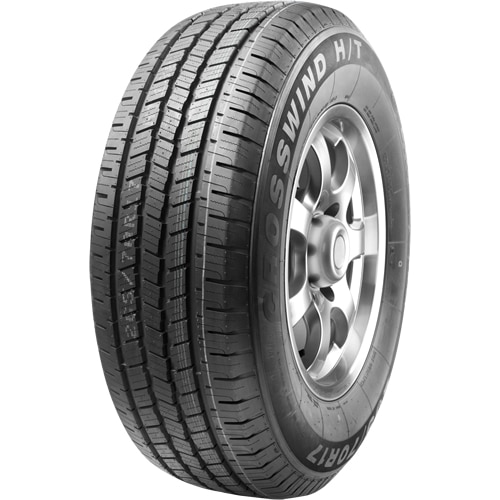
Don't know the correct size tire to purchase? Start here!
If you own an SUV or a light truck, then you’d probably want to get highway tires. CrossWind has a model called the H/T – a touring tire for larger vehicles that can haul heavy cargo.
Similar to all the models so far, the H/T is an all-season tire for which we have very little info about its features. You have a 5-rib design aimed to help with handling. The tire features circumferential and lateral grooves for wet conditions, which should help with aquaplaning resistance.
In dry conditions, the H/T does a solid job of delivering performance. The grip and traction levels aren’t the highest, but it’s not a terrible performer. As part of the package, you also get zip zag sipes that help with wet performance, as the tire doesn’t struggle as much as the others. The aquaplaning resistance may not be the best in the industry, but I’d categorize it as good, considering we’re talking about a cheap tire. You’ll also get acceptable snow performance. It’s far from the other all-season models I’ve discussed, so don’t expect wonders, especially regarding braking distances.
The weakest point, surprisingly, with the H/T is the handling. It’s not as responsive as I’d like it to be, even after lowering my expectations. On the flip side, the tire comes with a 50,000-mile treadwear warranty, which isn’t too bad.
Pros
- Stable enough on the highway
- Satisfactory performance
- Above average treadwear warranty
Cons
- The braking distances are slightly longer, especially on wet and snow
- The responsiveness is poor
#6. A/T

Don't know the correct size tire to purchase? Start here!
In some situations, you may need some off-roading performance, so CrossWind has the A/T. As an all-terrain model, this tire is advertised as a combination of on and off-road tires, aiming to offer a blend of performance.
One thing that makes it different from the previous models is the pattern. The A/T features a more aggressive design, meaning it should be usable in off-road situations. As part of the design, the grooves and open shoulders should help it with aquaplaning resistance. The rubber compound is an all-season one, so the pattern and the rubber should help with snow performance.
In on-road conditions, the A/T is good enough around town. The traction and grip levels are acceptable. At higher speeds, the stability is decent enough, and the aquaplaning resistance will keep it planted. It’s still behind the premium models, so keep that in mind. It deals with unpacked snow solidly but struggles a bit over packed one. As an all-terrain model, off-roading is available. The tire will do a solid job on dirt roads and shallow mud. In extremer situations like deep mud or rock-crawling, the tire will deliver poor performance.
The handling isn’t something that will impress anyone. It’s not exceptionally responsive, and you won’t get a lot of feedback. Warranty is the only area where it does pretty well. The A/T comes with a 50,000-mile treadwear warranty, which is pretty good.
Pros
- 50,000-mile treadwear warranty
- Decent traction on unpacked snow
- Solid road performance
Cons
- The usable off-road performance is available only in lighter conditions
- Braking distances are longer than its competitors
#7. M/T
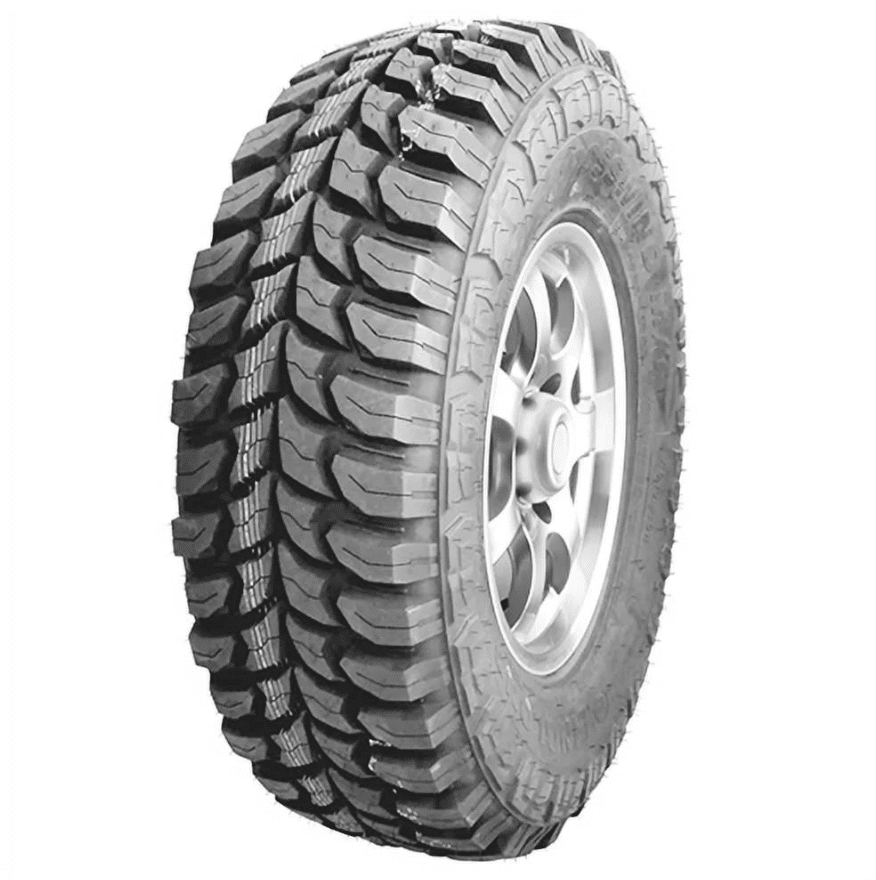
Don't know the correct size tire to purchase? Start here!
Last but not least, we have the mud-terrain model. CrossWind has the M/T as an option for people that want the best off-road performance that can be used on the road.
To be able to deliver performance in off-road conditions, the M/T features an aggressive pattern. The central grooves are shallow, and the shoulder blocks are reinforced to offer puncture resistance. For performance, the tire also has blocks with a wider pattern, which should help for driving in mud.
Right off the bat, the performance on paved roads is poor. The M/T barely does an acceptable job at slower speeds around town, but it will struggle when you push it even a bit. You get solid aquaplaning resistance, but the stability at those speeds is questionable, even in dry. The braking distances also aren’t on the shorter end of the spectrum. Surprisingly, the snow performance is pretty good, especially if it’s unpacked.
With that kind of tread design, it should be good for off-roading, right? Yes, the M/T is a good tire for these conditions. It will do a solid job on dirt or gravel roads and won’t struggle when you drive in the mud. Lastly, the rock-crawling capabilities are decent.
As a mud-terrain tire, the comfort levels aren’t something to write home about. With that said, the noise levels are surprisingly low for a cheap tire. The big bonus here is the 40,000-mile treadwear warranty, which you won’t find with all mud-terrain tires.
Pros
- Solid off-road performance
- Decent traction on unpacked snow
- Relatively low noise levels
Cons
- On-road performance isn’t the best
- The braking distances aren’t as short as I’d like
CrossWind Tires Buying Guide
What is there to like about CrossWind tires? What is it that distinguishes these tires from the chasing pack? Are there areas where CrossWind tires could or should have done better? Any shortcomings that could potentially be deal-breakers? This section has all the answers.
Why Should You Buy CrossWInd Tires?
Here’s why CrossWind tires should be on your short list of tire brands to buy next:
1. Cheap
We all want to save a few dollars wherever possible, and CrossWind offers that. Compared with the affordable options from the mid-range class, these tires are even cheaper.
You will have to deal with the lack of performance, but they may be fine for a very old car.
2. Decent off-roading performance
This is for the M/T model, so it doesn’t apply to the rest. This is a decent choice if you’re looking for a dirt-cheap mud-terrain tire with decent performance on non-paved surfaces. It won’t compare with the premium models, but it will do an acceptable job. With that said, you will have to deal with poor road performance.
Why Should You NOT Buy CrossWind Tires?
1. Below-average performance
I’ll go soft and won’t say terrible, but the CrossWind tires won’t impress anyone. Most of them will do a decent-enough job in dry conditions but struggle in all the others.
2. Longer braking distances
Safety is crucial with any tire, and unfortunately, the CrossWind models don’t deliver on this front. The braking distances are longer than even some of the worst performers in the mid-range segment.
3. Poor Stability
Some owners spend a lot of time on the highway, where stability is key. In this regard, the CrossWind models disappoint. At higher speeds, the stability isn’t the best, except for a few models that barely do an acceptable job.
Frequently Asked Questions
Here are some of the common queries people have about CrossWind tires:
Who makes CrossWind tires?
Even though CrossWind seems like a relatively young company, it’s backed by an older one. It falls under the umbrella of Shandong LingLong Tire Company, but it has its own facilities.
Where are CrossWind tires made?
Despite having research centers in Germany and the US, CrossWind tires are made in China.
How long do CrossWind tires last?
A tire’s longevity depends on multiple factors, so there isn’t a specific answer to this. We usually look at the treadwear warranty to determine how long they should last. Looking at the numbers, it seems that the CrossWind tires won’t outperform their rivals. Some come close to the mid-range options but are still a bit behind.
Is CrossWind a good brand?
As much as I want to give some positive remarks, I cannot. CrossWind tires aren’t my idea of an affordable tire with decent performance. They are inexpensive, but you’re also losing a lot of performance, so I wouldn’t say this is an outstanding brand.
Are CrossWind tires noisy?
Considering that this is a cheap Chinese brand, I didn’t have high expectations about the noise levels. Overall, they are far from the quietest tires, but they won’t be too loud in most cases. The biggest surprise came with the M/T, which was decently quiet for a mud-terrain tire. For the rest of the pack, you will have higher noise levels than the premium models, but nothing too problematic in most cases.
Are CrossWind tires good for snow?
It seems that snow is the weakest point for almost all CrossWind tires. All of them are all-season tires, so they should offer usable performance on snow, but unfortunately, they disappoint. The off-road capable tires are acceptable only on unpacked snow, but even that’s not something phenomenal.
The road-going models don’t have enough traction to be considered good to the point where I’d even say they are borderline unsafe. In my opinion, the worst part is that CrossWind doesn’t have a dedicated winter tire, which makes things even worse.
Conclusion
Whenever we look at a brand, we try to find a few positive things that will offer an advantage for some people. With CrossWind, the only advantage is the price, which comes with a massive disadvantage.
The performance isn’t something I’d call good. Some models offer decent enough, but I’d be very cautious if I had any of these tires on my car. I wouldn’t categorize them as safe, so I don’t think it’s worth going for the lower price at the cost of the safety.
Overall, CrossWind is a brand that I wouldn’t recommend for most people. There may be one or two situations where you may consider them, but at that point, I’d say it may be better to go for used tires, something that I’m an opponent of.
Consider this. I’m recommending a used tire over a new CrossWind one. This should give you an idea of how poor the performance of these tires is.
